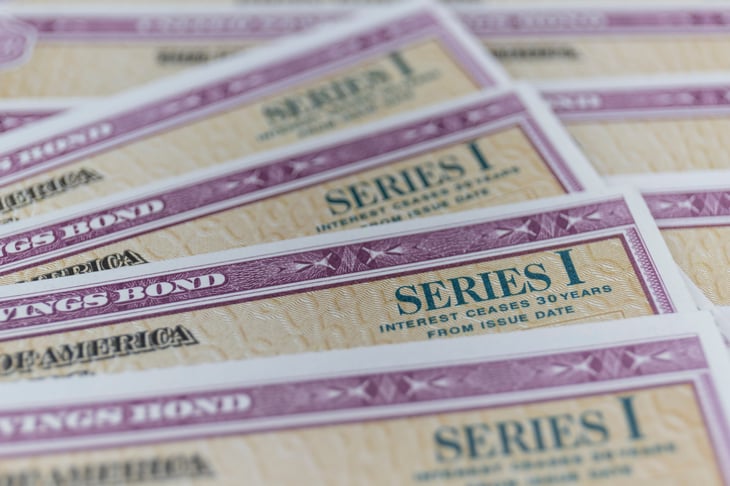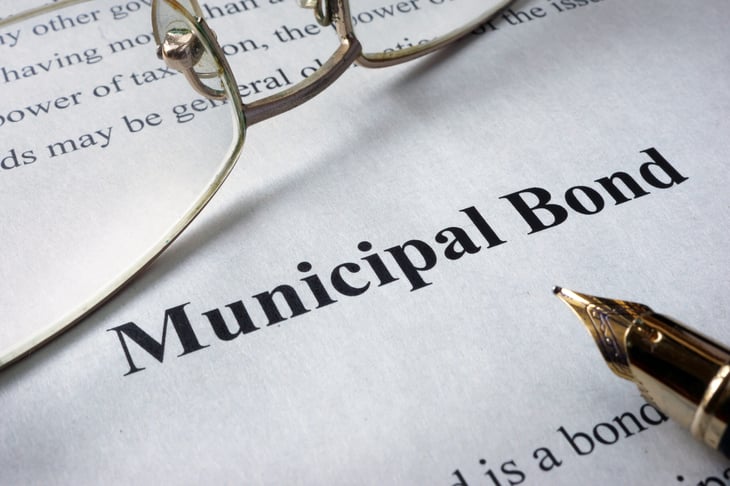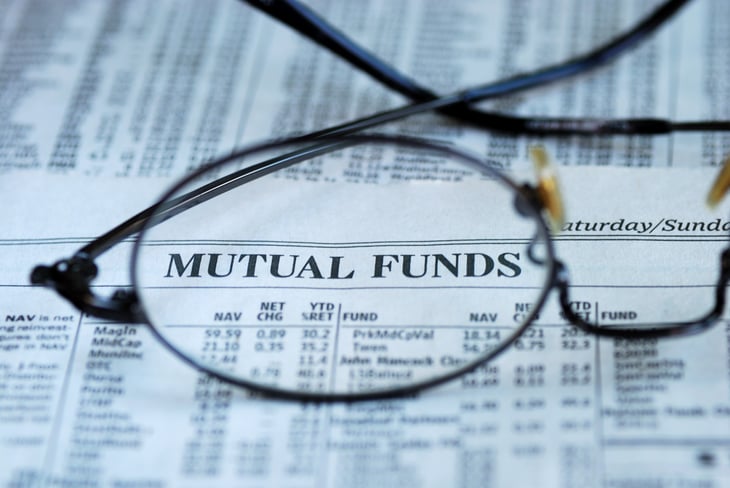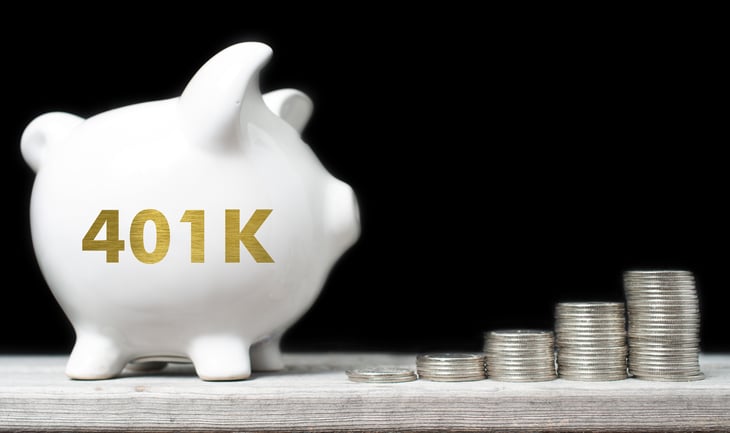
You can’t win them all — not in investing or many other things. But on the whole, Americans have done pretty well over the past few years.
Every three years, the Federal Reserve puts out something called the Survey of Consumer Finances. The latest one covers changes in family assets from 2019 to 2022. Among its findings are that many assets commonly held by American households have seen significant gains, and only a few have lost value — at least on paper.
Here’s a look at how the value of personal assets has changed during the past few years.
Federal savings bonds

Median value of this asset per family in:
- 2019: $900
- 2022: $2,000
Change in median asset value between 2019 and 2022: 116% increase
Percent of families who owned this asset in 2022: 6.4%
This category is for federal bonds such as EE, HH and I-bonds. One of the silver linings of inflation is that the interest rate paid to investors on savings bonds goes up. The record-setting interest rates on I-bonds during the COVID-19 pandemic made them very attractive, including to people who probably never had bonds before but saw a very good, very safe deal.
Other bonds

Median value of this asset per family in:
- 2019: $140,300
- 2022: $210,400
Change in median asset value between 2019 and 2022: 50% increase
Percent of families who owned this asset in 2022: 1.1%
This category includes investment bonds from anybody other than the federal government, which includes state and local governments, corporations and even foreign entities. While few families have this type of asset, those who do apparently have a lot. Possibly because state and local bonds offer a rare advantage: They aren’t subject to federal taxes.
Bank accounts

Median value of this asset per family in:
- 2019: $6,100
- 2022: $8,000
Change in median asset value between 2019 and 2022: 30% increase
Percent of families who owned this asset in 2022: 98.6%
The technical term the Federal Reserve uses for this category is “transaction accounts.” It includes checking and savings accounts, money market accounts, prepaid debit cards and certain tax-advantaged accounts like health savings accounts (HSAs).
Home value

Median value of this asset per family in:
- 2019: $260,800
- 2022: $323,200
Change in median asset value between 2019 and 2022: 24% increase
Percent of families who owned this asset in 2022: 66.1%
This category is specifically for primary residences, including things like condos, townhomes and mobile homes. It does not count second homes and timeshares.
Investment funds

Median value of this asset per family in:
- 2019: $127,500
- 2022: $150,000
Change in median asset value between 2019 and 2022: 18% increase
Percent of families who owned this asset in 2022: 11.5%
The Federal Reserve uses the term “pooled investment funds,” by which it means things like mutual funds, exchange-traded funds (ETFs), real estate investment trusts and hedge funds. Pooled funds are a common investment type because they diversify your money, spreading it out across many different things to reduce risk.
Retirement accounts

Median value of this asset per family in:
- 2019: $75,300
- 2022: $86,900
Change in median asset value between 2019 and 2022: 15% increase
Percent of families who owned this asset in 2022: 54.3%
This category includes things you’d expect, like IRAs, 401(k)s and 403(b)s. But it also includes more obscure accounts such as Keogh accounts for self-employed workers and the Thrift Savings Plan for federal employees.
Other financial assets

Median value of this asset per family in:
- 2019: $4,600
- 2022: $6,000
Change in median asset value between 2019 and 2022: 29% increase
Percent of families who owned this asset in 2022: 9.4%
This category includes less traditional investments such as cryptocurrency, futures contracts and royalties someone might receive on their published work.
Assets that lost value in 2019-2022

While most major types of investment have done well in the past few years, a few have moved in the other direction, on average. Following is a look at types of personal assets that shrank between 2019 and 2022.
Individual stocks

Median value of this asset per family in:
- 2019: $29,000
- 2022: $15,000
Change in median asset value between 2019 and 2022: 48% decrease
Percent of families who owned this asset in 2022: 21%
Most people are invested in the stock market through accounts that include a portfolio of funds that are not specifically picked by the investor and include a mix of securities. But investment apps have made it increasingly easy for people to become “retail investors” who DIY their investing and buy stocks for individual companies.
Unfortunately for these people, predicting the future is tough. For every “meme stock” that jumped from $15 a share to $350 a share before crashing, there are others that just bombed completely.
CDs

Median value of this asset per family in:
- 2019: $29,000
- 2022: $26,000
Change in median asset value between 2019 and 2022: 10% decrease
Percent of families who owned this asset in 2022: 6.5%
Certificates of deposit are a safe place to stash money and get more back than you would in a savings account. So this decline probably doesn’t mean that people lost money on them, just that they found a better place to put their money. Money Talks News founder Stacy Johnson recommended Treasury bonds over CDs in 2022 and showed the math — interest rates were just clearly better elsewhere.
Cash value life insurance

Median value of this asset per family in:
- 2019: $10,400
- 2022: $9,700
Change in median asset value between 2019 and 2022: 7% decrease
Percent of families who owned this asset in 2022: 16.1%
This category include life insurance policies other than term life, which, as the Federal Reserve notes, “provide only a death benefit.” Cash value life insurance, on the other hand, has a value that can be drawn upon now.





Add a Comment
Our Policy: We welcome relevant and respectful comments in order to foster healthy and informative discussions. All other comments may be removed. Comments with links are automatically held for moderation.